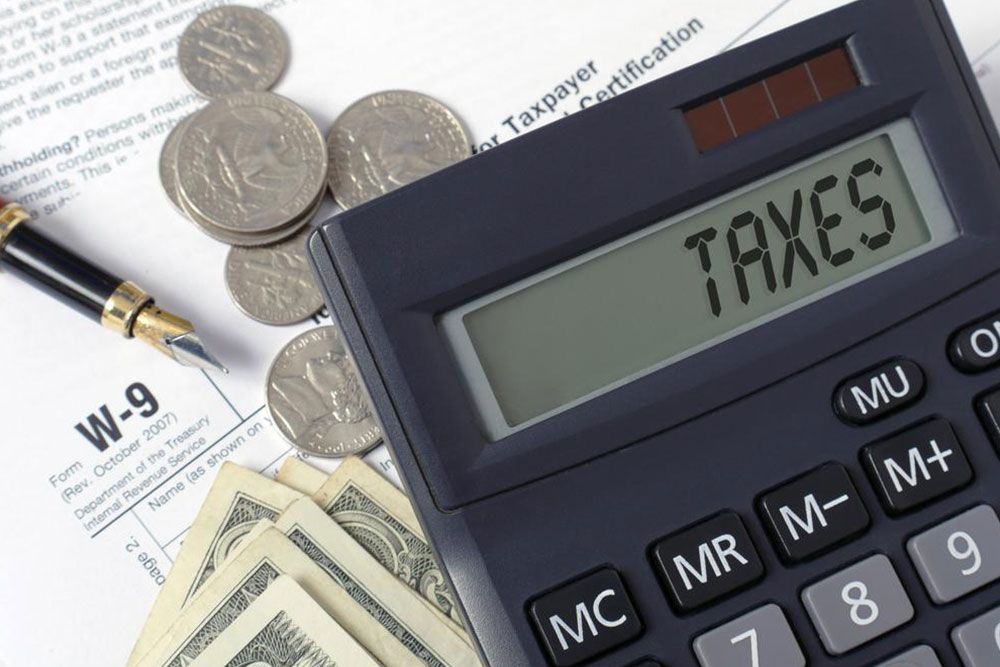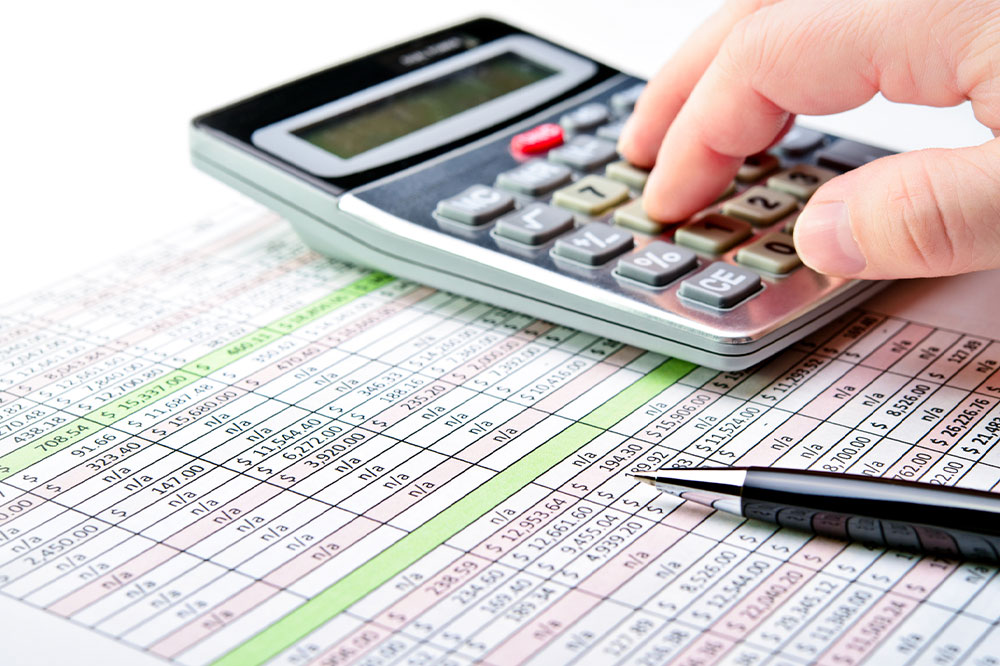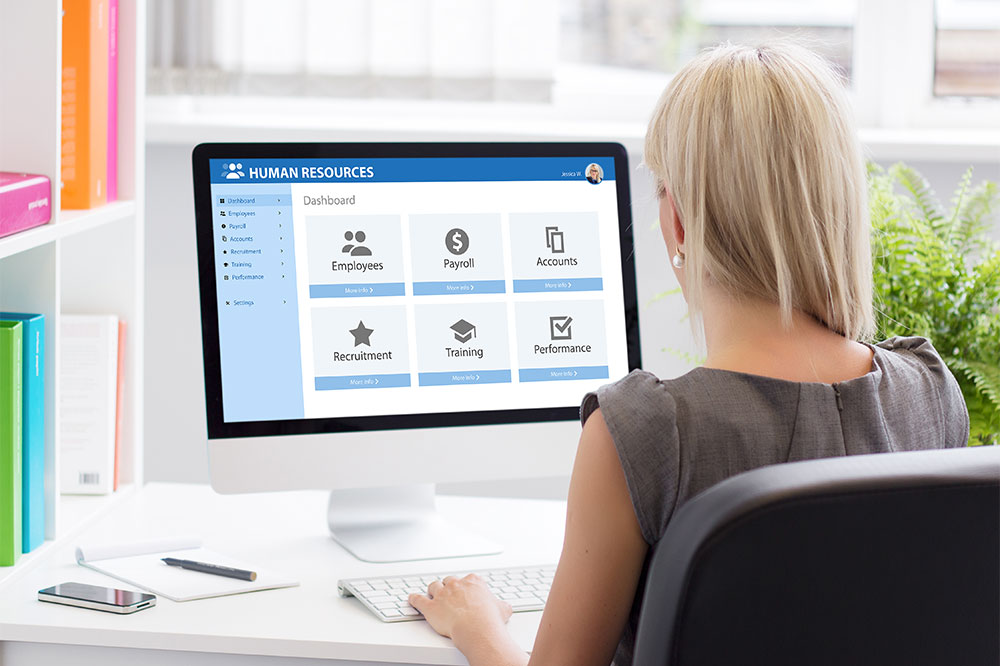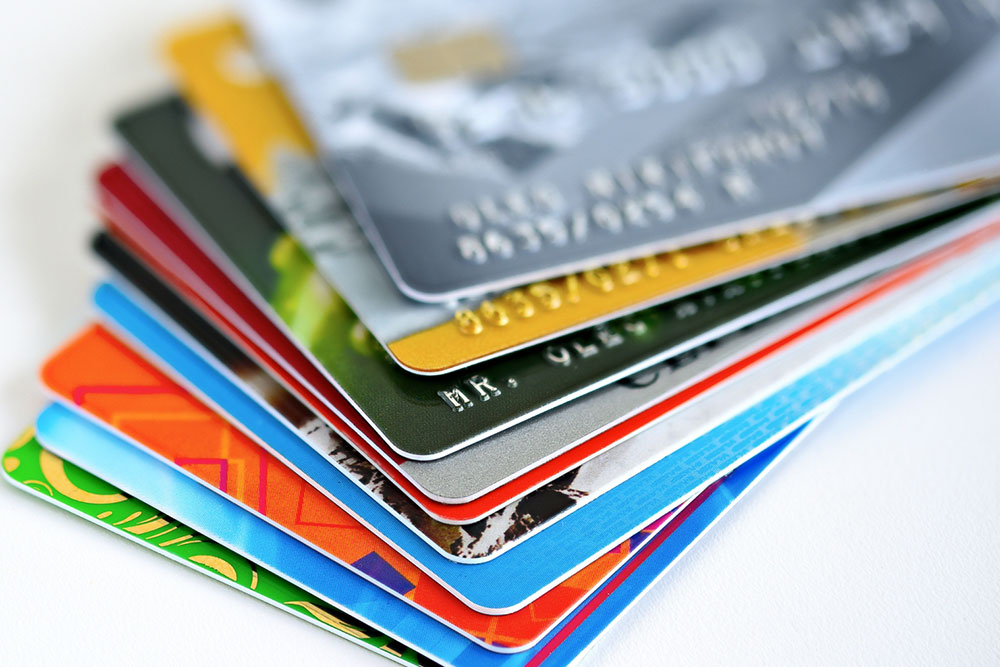Comprehensive Guide to Tracking Your Economic Stimulus Payments in 2024
This comprehensive guide explains how to track, manage, and ensure receipt of your economic stimulus payments. It covers official tools like the IRS's Get My Payment platform, highlights different delivery methods such as direct deposit and prepaid cards, and offers tips to expedite receipt through accurate filing. Stay informed during economic downturns with expert advice on monitoring your stimulus disbursement, ensuring timely financial support when you need it most. Keep your data updated and check for the latest information to maximize your benefits quickly and securely.
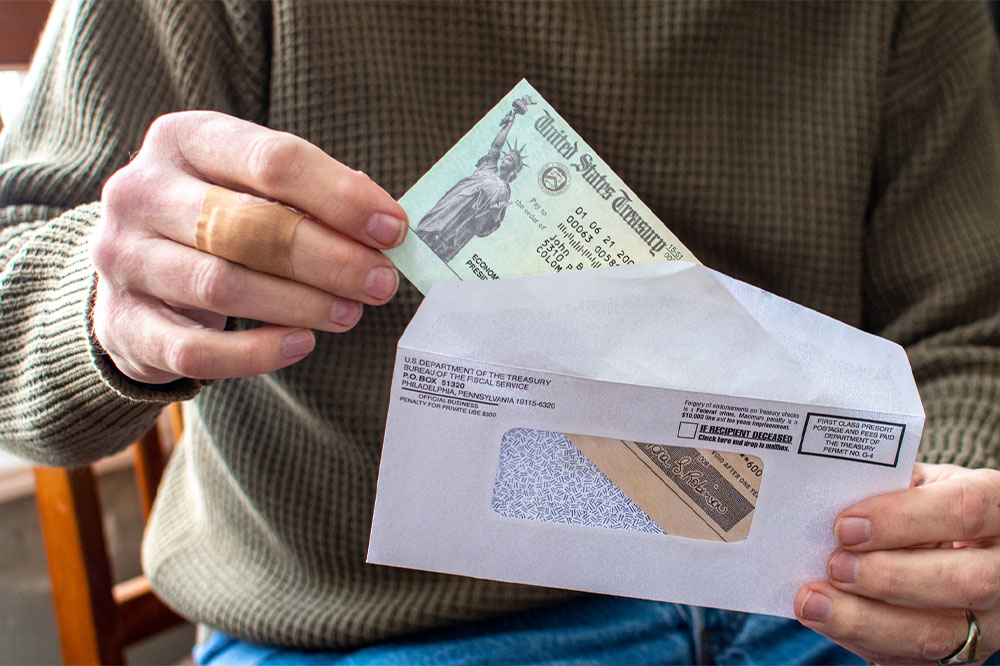
Complete Guide to Monitoring and Ensuring Receipt of Your Economic Stimulus Disbursement
In challenging economic times, governments worldwide implement various financial assistance programs to support individuals and stimulate economic recovery. One popular measure introduced during such periods is the distribution of stimulus payments, also known as economic impact reimbursements. These payments serve as a lifeline for many, helping to cushion the financial blow of economic downturns, unemployment surges, or unexpected crises. The primary objective behind these payments is to invigorate consumer spending, thereby uplifting local businesses and stabilizing the broader economy.
Stimulus payments vary in design and distribution methods, depending on the country’s policies and individual circumstances. Generally, eligibility criteria are set based on income levels, tax filings, and employment status. Once qualified, recipients may receive their payments through several channels, including direct bank deposits, mailed checks, or specialized prepaid cards. These methods ensure the broadest possible outreach, accommodating different preferences and accessibility needs.
Monitoring your stimulus payment status is crucial for effective financial planning and to avoid unnecessary confusion or delays. Many individuals are uncertain about whether their payments have been processed or received. Fortunately, government agencies have streamlined this process through dedicated online tools and resources designed to provide real-time updates.
The most official and reliable resource for tracking stimulus payments in the United States is the IRS’s "Get My Payment" tool. This platform offers users a straightforward interface to check the status and expected delivery date of their stimulus checks or direct deposits. Accessing this tool requires some basic personal information to verify your identity, including your full name, date of birth, mailing address, ZIP code, and Social Security Number (SSN) or Individual Taxpayer Identification Number (ITIN). If you filed jointly with a spouse, additional details like filing status and spouse’s information might be necessary.
To start, simply navigate to the IRS website and locate the “Get My Payment” section. It’s recommended to bookmark this page for future updates, especially if you expect additional stimulus waves or related financial aid. Once you input your data, the portal displays your current payment status, estimated date of arrival, and the method through which your funds will be delivered. It’s important to ensure that all information is accurate; otherwise, incorrect entries might temporarily block future access or delay updates.
Understanding the status messages provided by the IRS tool helps in managing expectations. Typical statuses include:
Payment Sent: Confirms your payment has been dispatched, along with details such as the date of issuance, amount, and delivery method.
Additional Info Needed: Indicates that further information is required, which could be due to issues like bank account mismatches or returned mail.
Status Unavailable: Suggests that your payment is still processing or that no record exists, possibly because of ineligibility or ongoing review.
Receiving your stimulus funds swiftly depends on choosing the right delivery method. The most efficient option is direct deposit, which ensures secure and rapid access to your funds, often within a day of processing. To opt for direct deposit, ensure your banking details are correctly provided when filing taxes or updating your information with relevant authorities.
Paper checks, though still in use, come with inherent risks of postal delays or loss. They are mailed in plain white envelopes and require patience for delivery. Alternatively, some stimulus programs utilize prepaid cards, such as the Economic Impact Payment (EIP) Card, sent via mail. These prepaid cards, typically Mastercard-branded, offer convenience with mobile tracking, easy fund transfers, and flexible usage options—making them a popular choice for many recipients.
Proactive steps like filing taxes accurately and timely ensure you don’t miss out on stimulus payments. In some cases, individuals may need to request extensions or amend their filings to qualify. Electronic filing (e-filing) expedites processing times compared to paper submissions, ultimately increasing the chances of receiving funds promptly. Regularly checking the IRS website or your specific country’s official portal helps stay informed about updates or new disbursement phases.
In summary, monitoring your economic stimulus disbursement involves understanding eligibility, utilizing official tracking tools, choosing the most suitable receipt method, and maintaining organized documentation. During economic instability, these payments function as vital financial buffers, helping individuals sustain their livelihoods and contributing to the broader recovery effort. Stay vigilant, stay informed, and ensure your contact and banking details are current to receive your funds without unnecessary delays.
